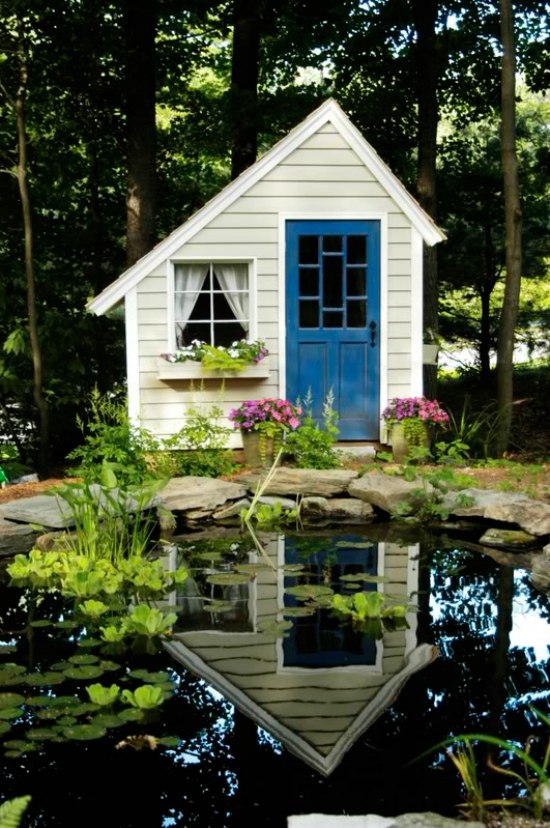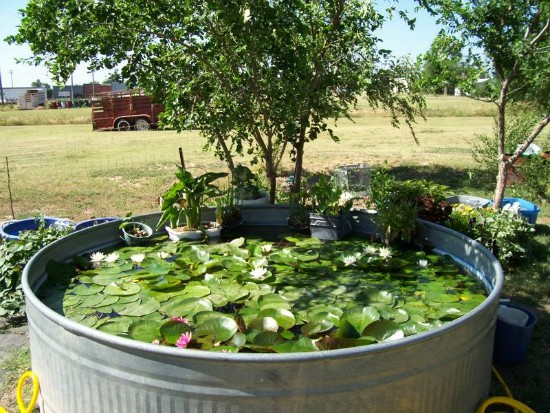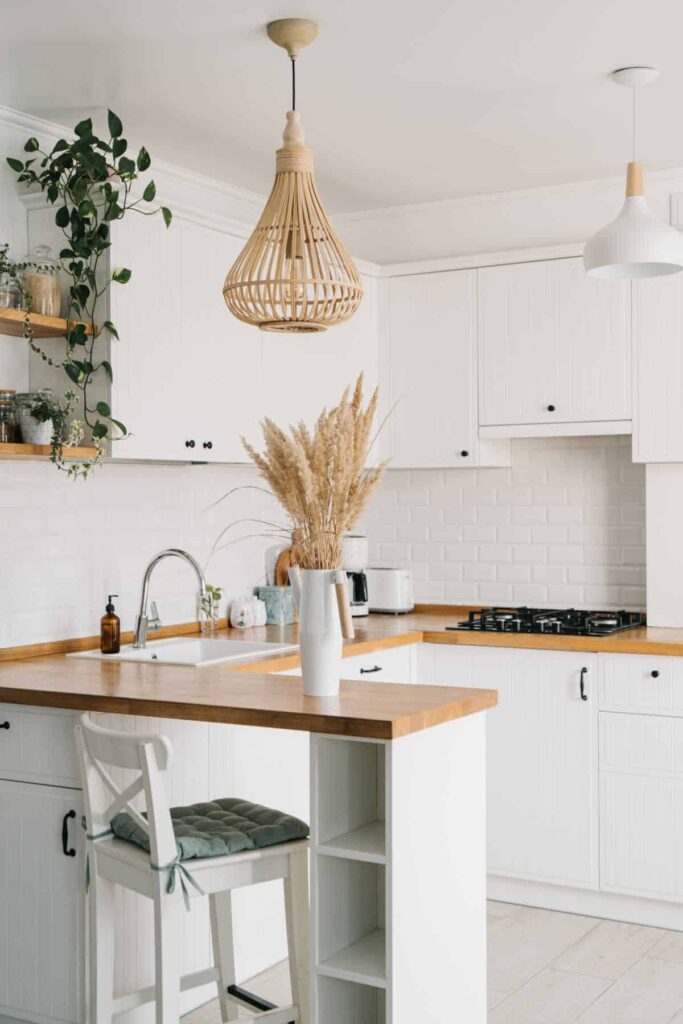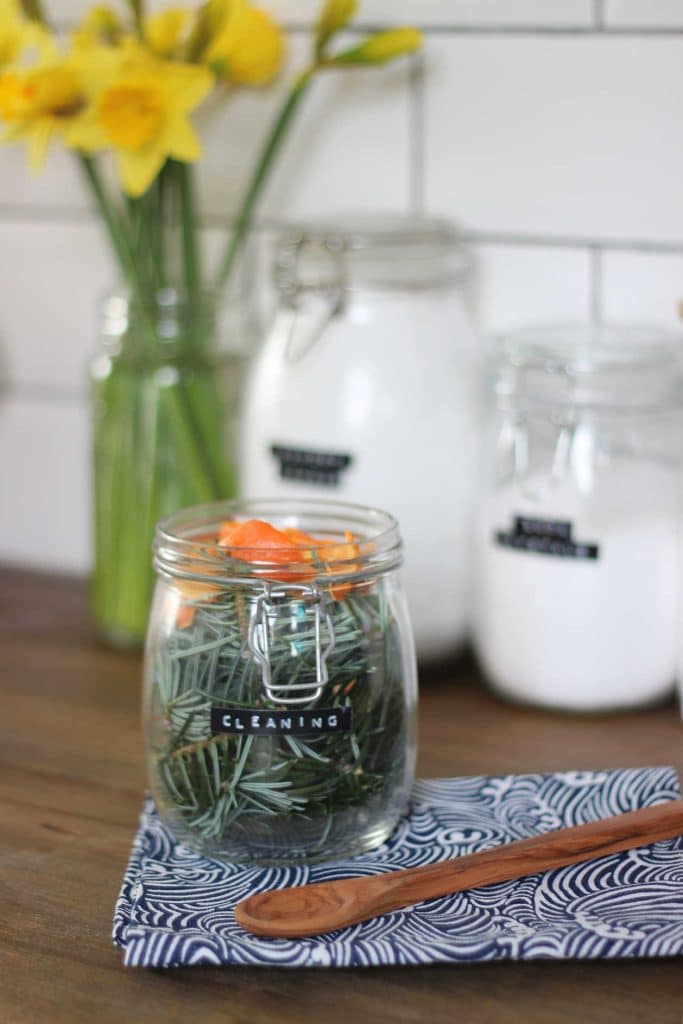Why You Should Add A Wildlife Pond To Your Garden
To support the running costs of Moral Fibres, this post contains affiliate links. This means Moral Fibres may earn a small commission, at no extra cost to readers, on items purchased through these links.
Help support wildlife and boost your mental health with these compelling reasons to add a wildlife pond to your garden – with ideas for even the smallest of spaces.
With the rise in decking, paving, and artificial grass, space for wildlife in our gardens is dwindling. Meanwhile, over 70% of natural ponds have been lost from the British countryside in the last 100 years. It’s a sorry state of affairs that means our wildlife is suffering, with one in six species in the UK now at risk of extinction.
It’s easy to feel powerless and despondent in the face of these grim statistics, but one impactful thing you can do is to make space for nature in your garden. After all, the UK’s gardens encompass more land than all the National Nature Reserves in the UK put together. If all of us helped nature in some way in our garden, imagine the collective impact.
One of the easiest ways to help our native wildlife, and to attract more wildlife to your garden, is to build a wildlife pond. Whether your garden is big or small, adding a body of water can be of crucial importance to threatened species.
Need even more convincing? Here are four good reasons to add a pond to your garden, plus ideas for wildlife ponds for gardens of all shapes and sizes from real-life gardens. For an added bonus I’ve added tips on how to create the perfect pond.
Four Reasons To Add A Wildlife Pond To Your Garden

Need convincing? Here’s why you should get digging and add that pond today:
- Boosts Biodiversity In Your Garden
- Provides Natural Pest Control For Your Garden
- Provides A Focal Point In Gardens Big & Small
- Boosts Your Mental Health
1. Boosts Biodiversity In Your Garden

Bees, butterflies, and other pollinators play a crucial role in our ecosystem. By providing a water source and a variety of native plants, your wildlife pond becomes a haven for these essential pollinators. Plus, once you attract bees and other pollinators to your garden, this in turn attracts other wildlife that feeds on these pollinators – such as birds and mammals. It’s a ripple effect that extends right beyond your garden.
Of course, it’s not just the rich source of food that attracts these creatures. It’s the water itself. Creatures use the water for bathing, drinking, breeding, and more. Your pond will become a rich source of life in a short space of time.
2. Provides Natural Pest Control For Your Garden

By fostering a healthy pond environment, you encourage beneficial predators like frogs, toads, and newts to make a home in your garden. These natural allies are champions at keeping snails and slugs in check naturally. This in turn helps your prize flowers and vegetables to bloom without resorting to using chemical methods, such as slug pellets, that can harm wildlife.
To make your pond amphibian-friendly, add native oxygenating aquatic plants to your pond to provide shelter and breeding spaces, and a source of oxygen during hibernation periods. Add rocks and/or logs at the water’s edge, like in the above photo, to offer prime sunbathing spots. And maintain a gentle slope for easy access and exit – you want to make it as easy as possible for them to get in and out of the water to get to those pesky slugs!
3. Provides A Focal Point In Gardens Big & Small

Beyond its ecological benefits, a wildlife pond can look beautiful too. Your pond can be a focal point of your garden if you want, or it can work well in a secluded corner if you’d rather create it purely for the wildlife benefit.
If space is at a premium the above photo is proof that even a small pond can provide a fantastic home for insects and water creatures. We’ve always had tiny gardens and never had space for a large pond. Instead, we’ve used planters, barrels, and even an old ceramic sink, that we’ve filled with stones and native aquatic plants.
We’ve always had our ponds above ground – our current yard is slabbed with gravel on top. However, there’s no reason why you couldn’t dig your container into the ground. Especially if you wanted to add some native planting around the margins of your pond to support even more wildlife.
4. Boosts Your Mental Health

Wildlife ponds don’t just benefit nature. They can benefit us too. Not convinced? Researchers have found that spending time near water – whether by the coast, a river, or even a pond in your garden – helps boost your mental health.
Other studies have found that spending time by water leads to reduced stress, reductions in heart rate, an improved mood, and greater feelings of calmness. It’s all very concrete evidence that makes the case for adding a wildlife pond really stack up.
Tips to Consider When Creating A Wildlife Pond
It’s not simply a case of digging a pond, and wildlife will come. There are several points to consider when creating a wildlife pond in your garden:
Consider Your Position
Try not to site your pond in full shade – wildlife prefer partial shade, and too much sunlight can cause an algal bloom which can deprive your pond of oxygen.
Consider When To Dig and When To Plant
Autumn or winter are good times to dig and build your pond if you’re not going down the barrel pond route. Late Spring is the best time to plant it when the water starts to warm up.
Consider The Design
If you’re digging a pond, ideally you want one side of the pond to have a long shallow slope. In the summer, when water levels can drop, this creates a vital habitat for insects such as beetles. It also allows easy access and escape for frogs, toads, and other types of wildlife.
With barrel ponds, it’s crucial to create a way out for wildlife that may have found a way in. Building up some earth on one side, or placing some rocks in there can really help animals to get out easily.
Consider the Species of Plants You Use
Avoid planting species not native to the UK. If you’re unsure what to plant then there are lots of specialist nurseries around the UK that can supply native aquatic plants. Do a web search to find a specialist nursery near you, or you can order plants online depending on what’s in season.
Avoid Ornamental Fish
Avoid introducing ornamental fish to your pond, such as Goldfish, Koi Carp, Tench, or Orfe. These types of fish are likely to eat the very wildlife you’d be looking to thrive in your pond.
Look Out for Issues
If your pond develops a stagnant odour then it’s probably lacking in oxygen. Try either planting some more plants in your pond or introducing a pump to get a flow of water.
I think I’ve covered the main points, but there are so many tips out there for creating ponds! Do you have any tips I’ve missed that you want to add to this list? And do also check out more of my sustainable garden ideas.
Found this post useful? Please consider buying me a virtual coffee to help support the site’s running costs.






